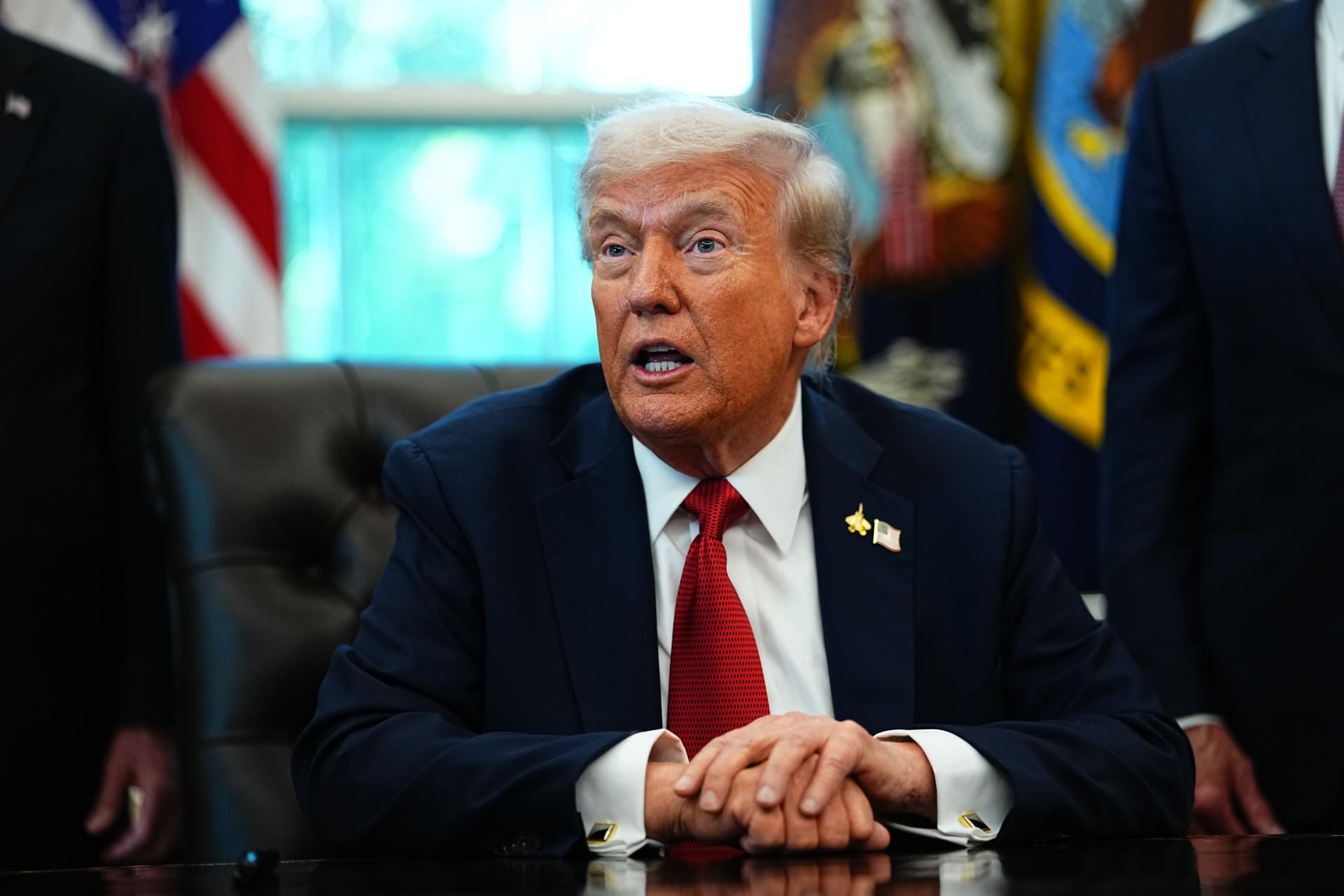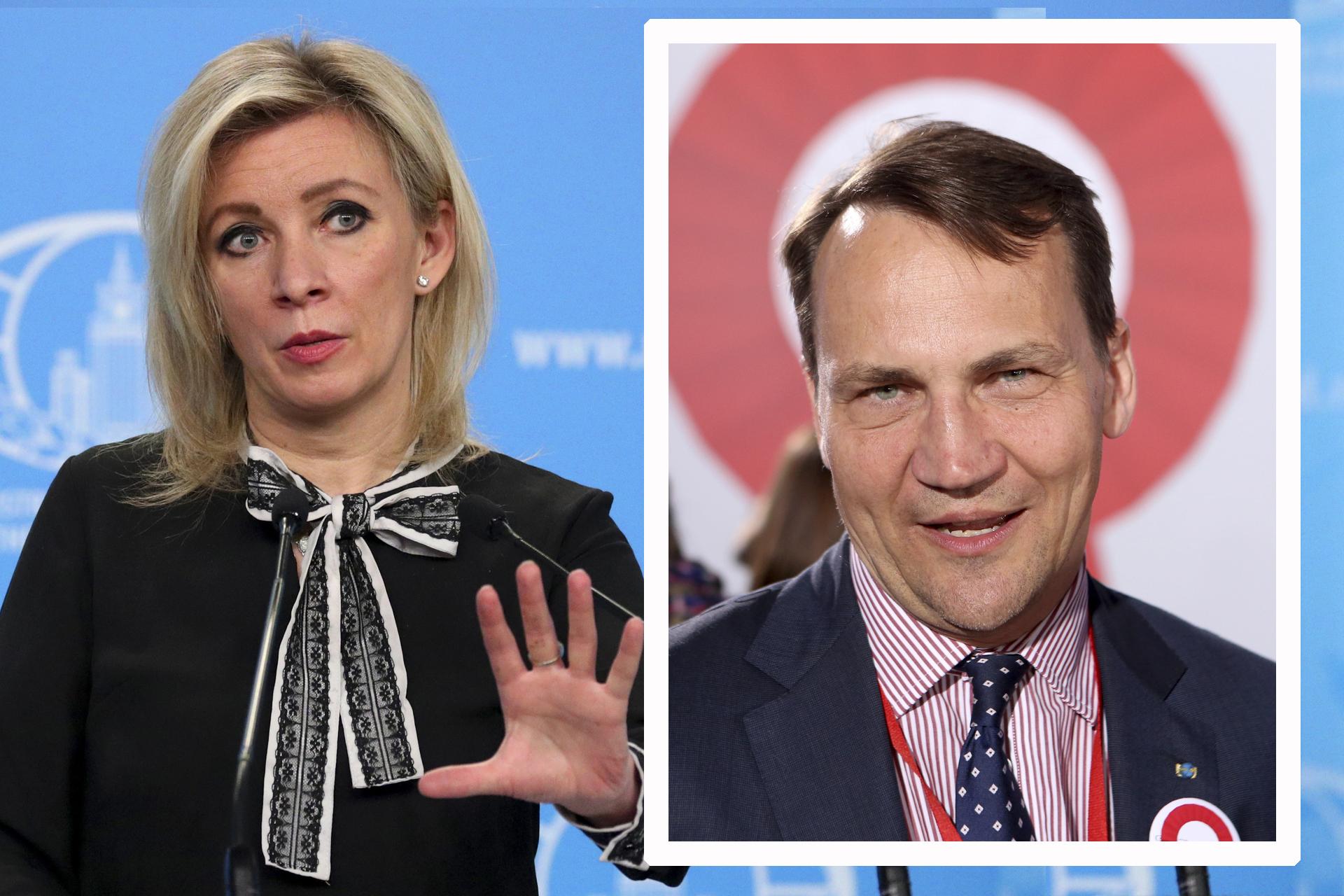
An Attempt To Reset Science
Authored by Jeffrey Tucker via The Epoch Times,
An executive order on science slipped through last week with almost no comment from the media. Its central concern is to set science on a better path after so many years of egregious abuses in which the core principles of science have been set aside in favor of political messaging.

The title is “Restoring Gold Standard Science.” It is an ambitious attempt to reframe what science is and does, not to politicize it but exactly the opposite. Only better science with the highest standards, the order says, is capable of restoring trust.
You have surely heard that the Trump administration is waging war on science. Read this order: the opposite is true.
“Over the last 5 years, confidence that scientists act in the best interests of the public has fallen significantly. A majority of researchers in science, technology, engineering, and mathematics believe science is facing a reproducibility crisis. The falsification of data by leading researchers has led to high-profile retractions of federally funded research.”
To solve the problem, the order seeks to “restore the American people’s faith in the scientific enterprise and institutions that create and apply scientific knowledge in service of the public good. Reproducibility, rigor, and unbiased peer review must be maintained. This order restores the scientific integrity policies of my first Administration and ensures that agencies practice data transparency, acknowledge relevant scientific uncertainties, are transparent about the assumptions and likelihood of scenarios used, approach scientific findings objectively, and communicate scientific data accurately.”
The gold standard of science has the following features, say the order:
(i) reproducible;
(ii) transparent;
(iii) communicative of error and uncertainty;
(iv) collaborative and interdisciplinary;
(v) skeptical of its findings and assumptions;
(vi) structured for falsifiability of hypotheses;
(vii) subject to unbiased peer review;
(viii) accepting of negative results as positive outcomes; and
(ix) without conflicts of interest.
If anything like this really began to govern scientific standards, many things would change. NIH will be using these standards for funding science for the next four years. One hopes it will last further. There is tremendous wisdom here. In the end, it will be up to journal editors and science reporters to adapt new standards of scrutiny over what is good science and what is not.
Consider just one principle: communicative of error and uncertainty. This profoundly affects the hypothetical models that have come to play a huge role in policy decisions. Nearly all the climate change papers rely on elaborate models that presume to reveal exactly what they presume. Once you dig through these things, you almost cannot believe that they were published.
‘Honey, can you take out the trash?”
“Not now. I’m working on a model to prove it is wholly unnecessary to do so. My model further reveals that the trash will never need to be taken out again, given the assumptions. It’s science.”
Models are also what drove the world to lock down for a virus. We all saw the drawings that urged us to flatten the curve. They presumed exactly what they were attempting to demonstrate. Instead of seeing the obvious fakery, most science reporters acted like the PhD’d prophets were contemporary versions of Nostradamus.
That was only the beginning of an amazing tsunami of fakery that lasted for years.
I’ve recently revisited the standards by which the initial vaccine trials for SARS-CoV-2 were run. We hear that they were placebo-controlled and randomized. That is supposed to make all other questions irrelevant.
Remember that there are two standards: effectiveness and safety. Most of the doubts about the shots these days focus on safety and rightly so. But even if we isolate the effective part of the question, we run into astonishing examples of manipulation and subterfuge.
* The trials lasted just long enough (2–4 months) to capture an immune response but not long enough to show that it evaporates quickly after. By 5 months and following, effectiveness wanes further and further. The trials simply could not capture this, though it is highly likely that the manufacturers knew this was inevitable. By the time people caught on, the shot salesmen had another product to hawk from their wagons. They called it a booster.
* The trials defined fully vaccinated as two weeks following the second dose, snagging the absolute peak of response but neglecting anything else. The protocols were laid out to succeed on paper even if they did not really succeed in real life.
* The trials seemed rigged to minimize participation from the population groups that were most vulnerable to significant medical consequences of infection while including as many non-vulnerable groups as possible, thus skewing the results.
* The trials claimed effectiveness against hospitalization and death but the number of unvaccinated people in those affected groups was so low as to be statistical noise. The studies were underpowered. In one trial, only 10 people in the unvaccinated group landed in the hospital. It was on this basis that the shot was said to prevent that.
* The trials wholly excluded accounting for asymptomatic infection, which means they did not test for transmission at all, thus deleting all concerns to stop the spread and so on. In other words, people who took the shot could still spread the virus but the trials were structured to ignore that signal. When it became obvious, the promoters pretended to be amazed and shocked.
* Many trials later unblinded placebo groups that were offered vaccines as early as December 2020, thus removing the control group. They deliberately eschewed following up on the best feature of the trial design, clearly with an attempt to cover up unfavorable results.
* Everyone knows that these viruses mutate very quickly but the rushed trials dealt only with the initial wild type, which, by the time the shot arrived, was already changing to a new variant. This was clearly not a mistake!
Experts published all these criticisms as it was happening. It was extremely difficult for nonspecialists to keep up. I can personally recall receiving a flood of submissions detailing each of these points. It was overwhelming, especially since all these criticisms pertain only to whether the shot even worked to do what they claimed. Safety then became another problem.
It was like watching a magic show: you know it is not real but everything is moving too quickly to debunk it in real time. In any case, there is zero chance that all these issues and problems were mere mistakes. They were all designed to do exactly what they did, but even then the public was skeptical. At that point, the politicians decided to assist industry and force everyone to take the shot.
And yet it gets better. All other boosters for variants were approved based on the old results of the presumably unimpeachable trials. The boosters were never tested in any rigorous way. They would inject a few mice, observe an immune response, and call it a day. Top officials at the FDA even resigned because they could not stand by and watch this unfold as it did.
I’m still gobsmacked that all this happened.
Very clearly, the pharmaceutical companies are genuine experts in how to deploy the appearance of science without the reality.
The new executive order should prevent this sort of thing in the future. Indeed, the new head of the FDA has specifically said that no more shots will be approved without well-constructed and transparent trials using the highest standards. Given what we know, there is no chance that any more versions of this shot will even be approved. The manufacturers won’t even attempt to try. Indeed, Moderna has already stopped its work on a combination COVID/Flu shot, knowing full well that they cannot get it through.
The new standards are highly welcome but the long-term solution is to erect a much higher wall between government and science. Ideally, government would stop funding research altogether simply because the effort has proven to be so dangerous.
Science in the first and second industrial revolutions was largely decentralized. Innovation came not from government but from private tinkerers and practitioners with real-world experience. The period from 1850 to 1900 gave us the world we know today, born not of agencies with huge budgets but businessmen, doctors, engineers, and builders, looking for better ways to serve humanity at a profit or at least with minimal losses. In those days, we did not call the results “technology” but rather the fruit of the “practical arts.”
I’ve always adored that term and wish we could take it back.
What changed about science in the 20th century is that it began to serve the cause of powerful interests rather than the people. After the Second World War and following the ominous deployment of nuclear weapons, there was no turning back.
This is what must be fixed. The ultimate goal of gold-standard science must be to restore the rigors of past achievements without the corruptions that come with politics.
In this way, the cause of science should welcome a pull back in government backing of science. The funding by industry posing another unique set of problems but at least in this case there is no doubt about the purpose and drive. It’s validity can be assessed in light of that.
Tyler Durden
Thu, 05/29/2025 – 22:35












